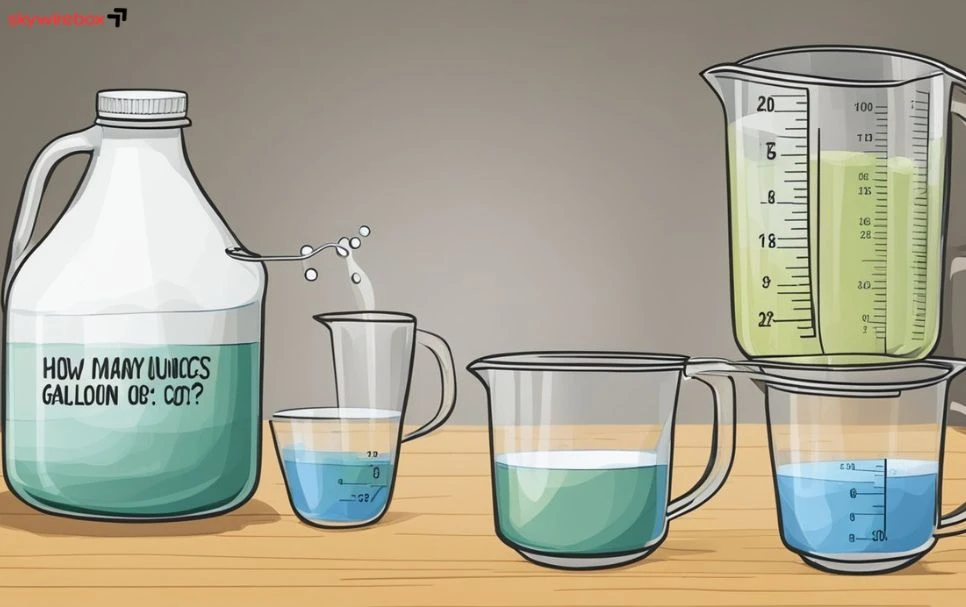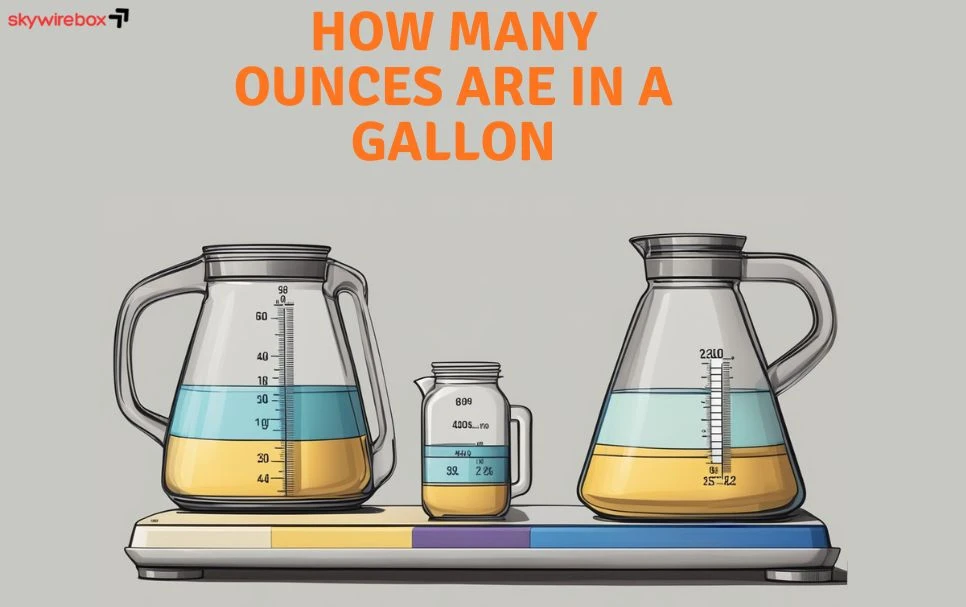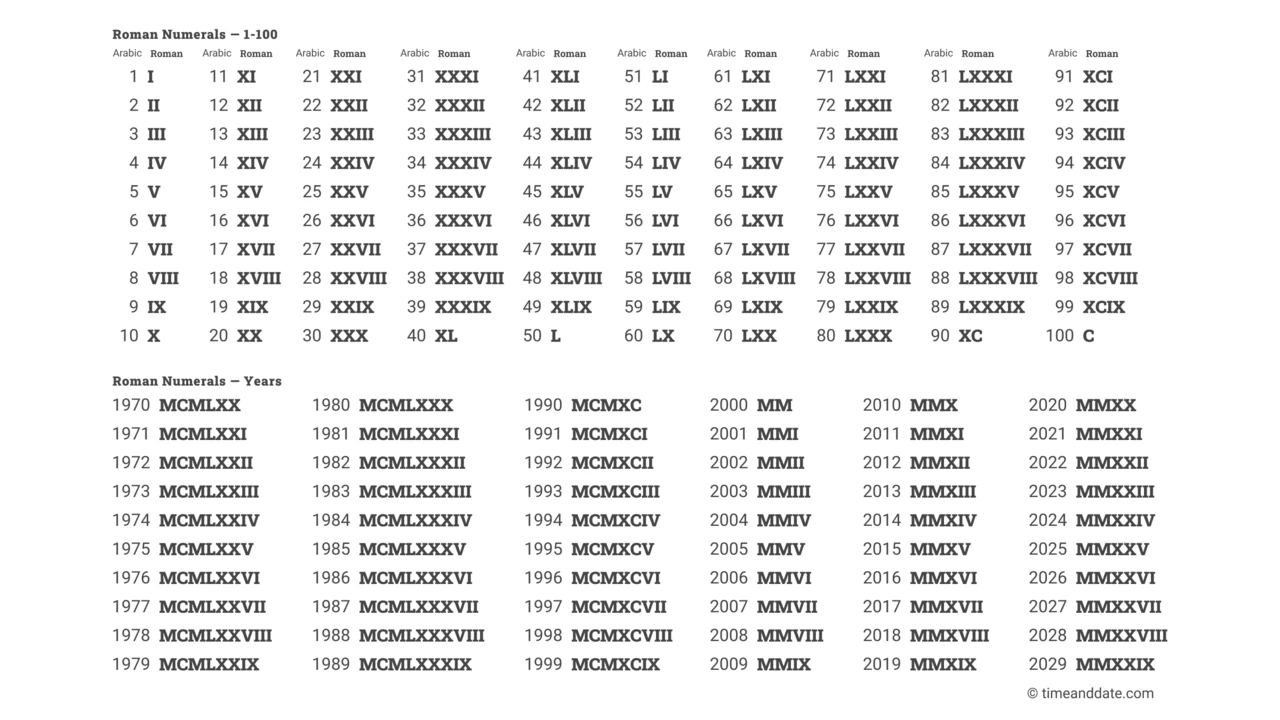Have you ever found yourself in the middle of a recipe or a project and wondered, “How many ounces are in a gallon?” If you’re like most people, converting measurements can be confusing and time-consuming. But getting this right is important whether you’re cooking, filling up your car, or mixing solutions.
You’ll discover the simple answer to this common question, plus easy tips to help you remember it. Keep reading to make your next measurement task effortless and accurate.
Ounces In A Gallon
A US gallon holds exactly 128 fluid ounces. It is used mainly in the United States for liquid measurements. The Imperial gallon, used in the UK and some other countries, contains 160 fluid ounces.
Fluid ounces measure volume, not weight. Regular ounces measure weight or mass. This difference is important in cooking and science. For example, 8 fluid ounces of water weighs 8 ounces, but 8 fluid ounces of oil weighs less.
| Type of Gallon | Fluid Ounces |
|---|---|
| US Gallon | 128 fl oz |
| Imperial Gallon | 160 fl oz |
Gallons And Other Units
A gallon holds 16 cups. Each cup is 8 ounces. So, one gallon has 128 ounces in total.
There are 4 quarts in a gallon. Each quart equals 32 ounces.
A gallon also contains 8 pints. Each pint has 16 ounces.
In metric terms, one gallon equals about 3.785 liters. Liters measure volume like gallons but are used in most countries.
Conversion Tips
Conversion charts show that 1 US gallon equals 128 fluid ounces. Using these charts helps avoid mistakes in measurement. They are handy for cooking or filling containers.
Quick calculation methods include remembering that a gallon has 4 quarts, each quart has 2 pints, and each pint has 16 ounces. Multiply these to get 128 ounces in a gallon.
Common conversion mistakes are mixing US gallons with UK gallons or confusing ounces by weight with fluid ounces. Always check the type of ounces used in your conversion.
Practical Uses
Cooking measurements often use gallons and ounces. One US gallon equals 128 fluid ounces. This helps in scaling recipes up or down. For example, large batch soups or drinks need exact amounts. Knowing ounces in a gallon avoids mistakes and waste.
For outdoor and camping, gallons measure the water supply. Carrying one gallon means you have 128 ounces of water. This is enough for drinking, cooking, and cleaning. It helps campers plan how much water to bring.
Science and education use gallons and ounces to teach volume. Students learn how much liquid fits in containers. Experiments often need precise amounts of liquids. Knowing the conversion between gallons and ounces makes measuring easier and more accurate.
Variations In Gallon Sizes
The wet gallon is used for measuring liquids. It equals 128 fluid ounces in the US system. The dry gallon is less common and used for dry goods. It holds about 148.9 fluid ounces.
Different countries use different gallon sizes. The US gallon is 128 ounces. The UK (Imperial) gallon is larger at 160 fluid ounces. This difference can cause confusion in recipes or fuel measurements.
| Gallon Type | Ounces | Use |
|---|---|---|
| US Wet Gallon | 128 fluid ounces | Liquids |
| US Dry Gallon | 148.9 fluid ounces | Dry goods |
| UK (Imperial) Gallon | 160 fluid ounces | Liquids |

Frequently Asked Questions
Is 64 Oz Equal To 1 Gallon?
Yes, 64 fluid ounces equal 1 US gallon. This conversion is standard for liquid measurements in the United States.
How Many 32-oz cans Makes A Gallon?
There are 128 fluid ounces in one US gallon. Thus, four 32-ounce containers equal one gallon.
How Many 8 Oz Cups are in 1 Gallon?
One US gallon equals 16 cups of 8 ounces each. Each cup holds 8 fluid ounces.
How Many Ounces Is 1 Gallon?
One US gallon equals 128 fluid ounces. This measurement applies to liquid volume in the United States.
Conclusion
Knowing how many ounces are in a gallon helps with cooking and measuring. One US gallon has 128 fluid ounces. The UK gallon is different, holding 160 fluid ounces. Keep these numbers in mind for accurate conversions. This knowledge makes everyday tasks easier and avoids confusion.
Always double-check measurements for best results. Simple facts like these save time and effort. Understanding volume units helps in many situations. Now you are ready to measure liquids with confidence.
Visit here for more information and all updates: skywirebox









